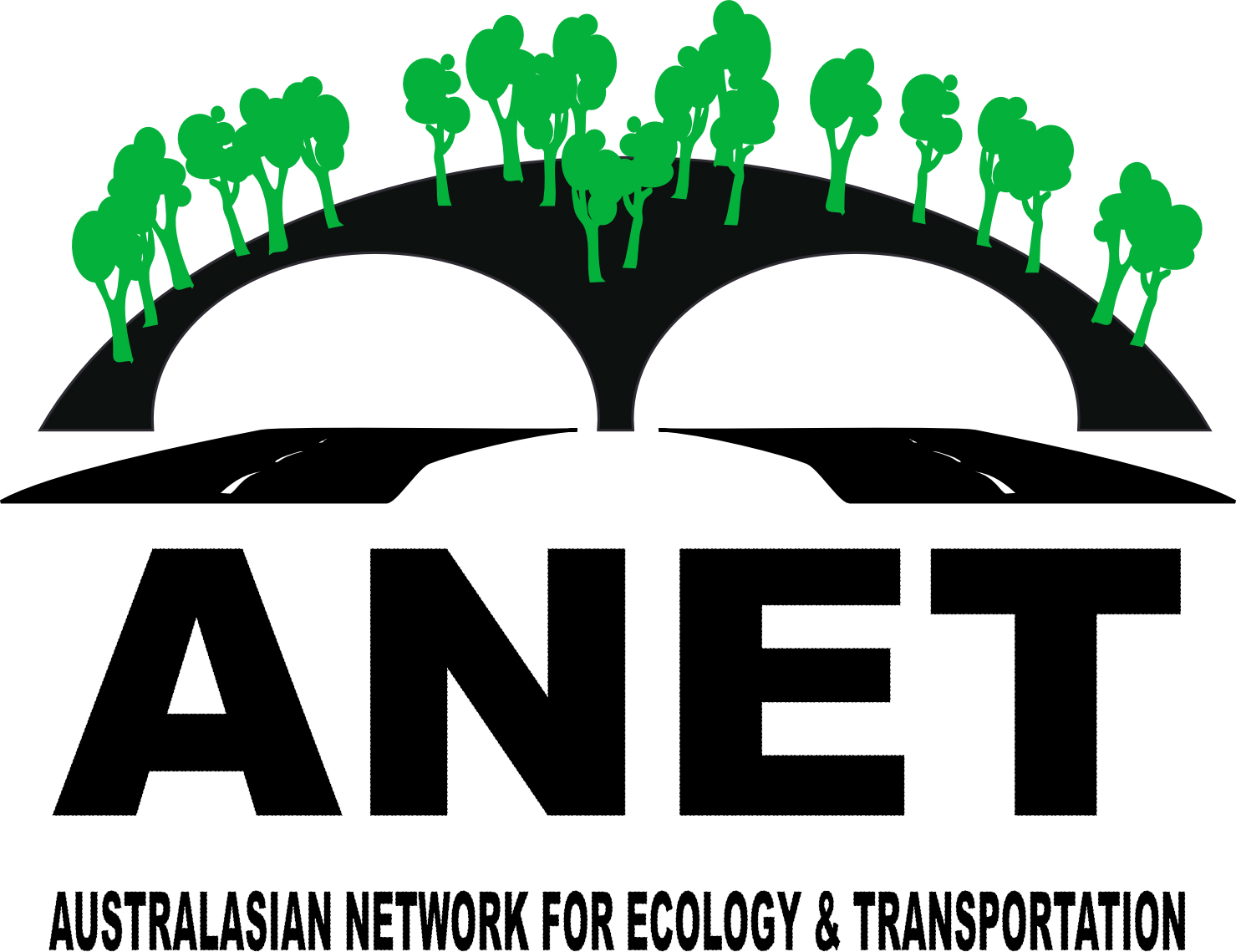This important Symposium was borne from a growing realisation that while addressing the obvious ecological impact of transport infrastructure was clearly ‘on the agenda’, just how this was to be done was far from clear. The prominence of issues such as road-kill and habitat fragmentation within community and political environments confronted the reality that very little was known with certainty.
Road authorities, state and local governments, as well as engineers and consultants, are increasingly being faced with the challenge of attempting to meet heightened environmental standards but without access to proven methods or approaches. Although attempts to mitigate the ecological impacts of roads and other forms of linear infrastructure have been applied in many locations overseas, especially in Europe and North America, such approaches have only recently commenced in Australia. Moreover, the many environmental, societal and jurisdictional differences between countries often mean that such approaches cannot simply be applied or copied here. The frustration often expressed by planners
and engineers about the lack of information and design applicable to local conditions was sincere and understandable.
Nonetheless, extraordinary advances have been made in this country in recent years. New designs and approaches have been trialled and assessed. Mistakes have been made, yet critical lessons have been learned. Meanwhile, the demand for effective environmental standards continues to rise.
It is in this context that the Breaking the Barriers: Engineering Solutions to Ecological Problems Symposium was presented.
Darryl Jones
On behalf of the Symposium Steering Committee, Brisbane.
Symposium proceedings are available from the Environment Institute of Australia and New Zealand.




